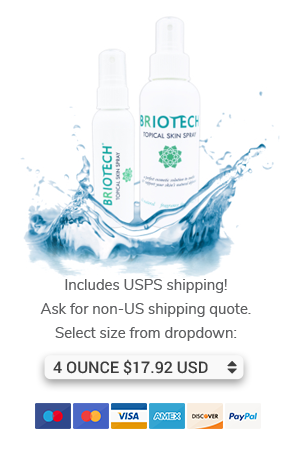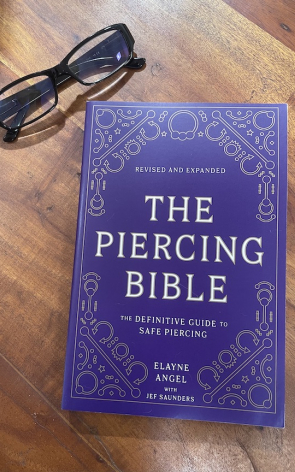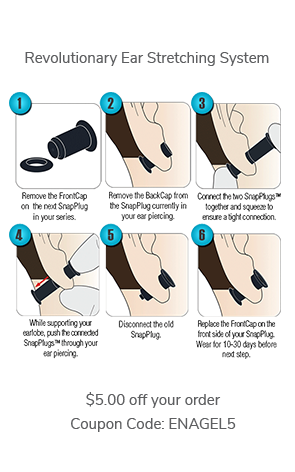Because they are foreign objects, a lot of things can go wrong with piercings. Our body’s usual job is to keep foreign stuff out, so a lot of things need to go right including:
- Anatomical suitability for the piercing in question
- Optimal placement for the individual build
- Body jewelry of a suitable size, style, material, quality/finish, and fit
- Proper aftercare (including upholding hygiene, minimizing trauma, leaving jewelry in, and more)
I offer professional, online troubleshooting consultations (via photos/email) for anyone in need of help with a piercing problem.
If you went to a recommended piercer, or someone reputed to be "the best in town," and you are having trouble but the piercer is disinterested, unavailable, or unable to help, you can “come to” me!
The truth is that even when everything is done right, problems are possible. Not all piercers are trained or experienced in troubleshooting (or even piercing, really…).
Anatomical suitability is the starting point for a successful piercing. Unfortunately, a lot of piercers either don't care, or they don't know better--because if you’re not a good candidate, pierce you anyway. If a person is willing to pay, they'll take the money and do it, not caring whether the piercing will heal well or not. Quality piercers won't hesitate to say, "No," when it is the right response to a request for a piercing that won't be successful. I usually try to suggest alternatives that are better suited to the individual.
When the anatomy is suited, the piercing should be made in the optimal position for healing and aesthetics. Unfortunately, lots of "professionals" are not clear on where this is. If you look through the blog here, you will find an abundance of posts showing page after page of poorly placed piercings, including some genuine nightmares.
Many piercers like the profit margin of cheap jewelry, but inexpensive junk can be a recipe for disaster. It is absolutely worth the money to purchase quality body jewelry! Even if you don’t know the difference, your body does.
In addition to other complications there are a variety of types of bumps that can crop up on piercings while they are healing, including excess scar tissue formation, and overgrowth of granulation tissue. Certain secretions are normal, whereas others or not. Some piercings can get discolored and indurated (hardened tissue) as part of the usual course of healing! And many medical professionals are unaware of the appearance of normal healing piercings, or what to do if you are having problems.
Put your mind at rest if you have questions about your piercing or are experiencing problems. I am an expert with over 30 years of professional piercing experience; and, in fact, I literally wrote the book on piercings (The Piercing Bible.)
I am happy to help! You just need to sign up for the consult and I’ll need to see clear, close up images and hear about the history of your piercing:
- How old it is
- How long you’ve had the problem
- What you’ve tried for aftercare and any treatments for the issue
- Any jewelry changes, etc.
I often respond in a matter of minutes or hours. Rarely does it take me an entire day to help with your consult request! So, don’t suffer with worries or concerns about your piercing, or take advice from friends who know nothing about piercing, or unreliable websites.
I also offer consultations for anatomical suitability. If you want to know which piercings you're built for, and have me mark potential placement for you, I'm also happy to assist with that, whether you come to me for the piercing or not! For reviews from clients who have made use of my consult services, go here.




